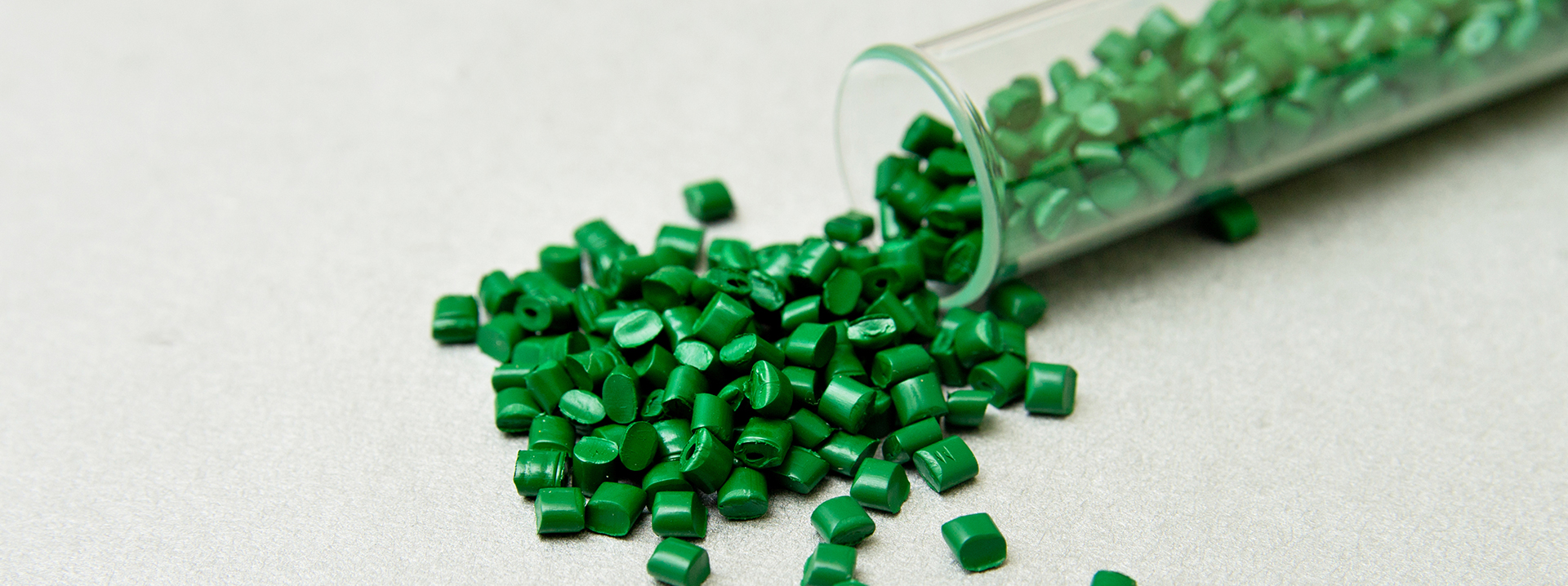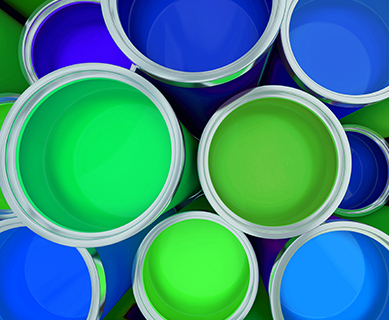An Brief Overview of Pigment Green For Plastics Master Batches
Introduction to Pigment Green for Plastics Master Batches
Pigment Green for Plastics: An Overview
We are engaged with plastics regularly in our daily lives but have we ever thought about the color configuration that gives optical attraction to these end-products. Plastic products are made and represented in several colors, from transparent plastic bags to colorful water bottles. Pigment green or masterbatches are used to give colors to the compounds. Pigment green is an insoluble organic or inorganic substance, when added to polymers, gives a certain tone of color to the plastics.
The significance of pigment green in the making of colored plastics includes much more than shades and tones. However, pigment and masterbatch are used to give colors to plastic products. There are broad differences between pigment green and masterbatch. Pigment greens are dry solid coloring substances generally draped in an aqueous solution to develop inks, dyes, or paints. In contrast, a masterbatch is a thickened composition of green pigment and or add-ons summarized into the transporter adhesive, which is cooled later on to color raw plastic during the ongoing procedure of making plastic. Masterbatch usage permits industries to stock fewer quality synthetic resins and purchase affordable unrefined polymers in large quantities.
The pigment for plastics can be derived from the 3 major origins: organic, inorganic, and synthetic. Organic pigments are created from natural sources; Inorganic pigments are created from minerals, and synthetic pigments are obtained from coal tars and other refineries. Synthetic pigments are usually considered for industry purposes.
Coloring plastic products and resin materials are the main utilization of masterbatches. It has been termed the most effective process to color plastic products. When developing strands to match a material's color, certain factors affect the final aesthetic appearance of the end product. Let us understand the performance of the pigment for plastics, masterbatch, and their different types in detail.
Performance characteristics of pigments for plastics
Last Fastness/ Swiftness: Swiftness is the evaluation of the color fastness of a plastic material when used in indoor applications. Pigment green selection for plastics used indoors depends on various factors, such as the configuration of the pigment, type of polymer to be colored, quality of pigment green 7, and thermal conductivity measures.
Weathering & Aging: Direct exposure to sunlight and other lights can worsen the plastic materials. In addition to that, polymers used outdoors normally require ultraviolet and weather-resistant pigment green to protect them from external forces.
Distort/Warping: The grading and speed of crystallization evaluate the final properties of the product. The applications wherein the warping effect becomes significant are containers, caskets, and caps closures.
Transparency/ Clarity: Generally, clarity is derived from a reduction in the particle size of the pigment. The scattering procedure can affect transparency by breaking particles into tiny individual particles. Transparency is measured by applying the overlay over a black and white contrast chart. The higher the color difference, the higher transparency the pigment attains.
Atomic Weight: The size of the particles in the pigment affects the behavior of the polymer when colors are added to it.
Colorific strength: It is significant to consider the colorific strength of the pigment because the capacity to color the plastic product will directly affect the look and feel of the product and the maintenance properties of the polymer.
A brief look at Masterbatches
The masterbatch is generally a solid adhesive used to give color to plastic products. Masterbatch contains some add-ons that act as antioxidants, UV rays protectors, dryers, optical brighteners, and antimicrobial agents. The polymer must have a high pigment green content to raise the productivity of the product. Moreover, masterbatches are designed for optimal scattering, which allows the final product to have superior color distribution qualities. Also, for a better melting procedure, the binding agent used to match the polymer is easy within the masterbatches.
Masterbatch provides outstanding color consistency for the materials. It also helps pigment manufacturers in gujarat reduce material costs by using less energy to run the machine. Masterbatch also helps plastic materials to improve their productivity by influencing higher toughness, flexible rigidity, and sticking properties.
Masterbatch & their Types:
There are 4 different masterbatch types: white masterbatch, black masterbatch, color masterbatch, and additive masterbatch.
White masterbatch - White masterbatch has various applications in industries and manufacturing units. It is widely used in food packaging, shopping bags, household products, industrial bulk container, lamination, coating, pipes, protective films, fibres, etc. Benefits of white masterbatch comprise superior scattering quality, ease in consolidation, flexible wall for injection, and blow moulding.
Black masterbatch - Black masterbatch is a widely used pigment for various applications. It may be applied to modify the color of the marbled pigments in plastics. One can use them in many end products such as automotive parts, food packaging, garbage bags, refrigerators, microwave, television, wires and cables, water bottles, and waste bin for households.
Color masterbatch - Color masterbatch is configured mixture of pigment green to which plasticizers are added to check the optimal dispersion of these pigments. They are used to color the end products with excellent thermal conditions and lightfastness qualities. Also, they are available in various color shades to choose from. Color masterbatch is widely used in indoor and outdoor furniture, kitchenware, toilet accessories, beverage bottles, and industrial products.
Additive masterbatch - Additive masterbatch comes in various options. Each of them has special properties to improve the end qualities of the final product, including the texture of the plastic material. They are also used to reduce the weight of the product. They are widely used in household appliances, electrical appliances, silage films, and greenhouse films.
Dhanveen Group of Companies is one of the most trusted and well-known best quality pigment green 7 manufacturers and exporters worldwide. Our expert engineers and teams help us supply stability with the standard in plastic pigments masterbatches.




